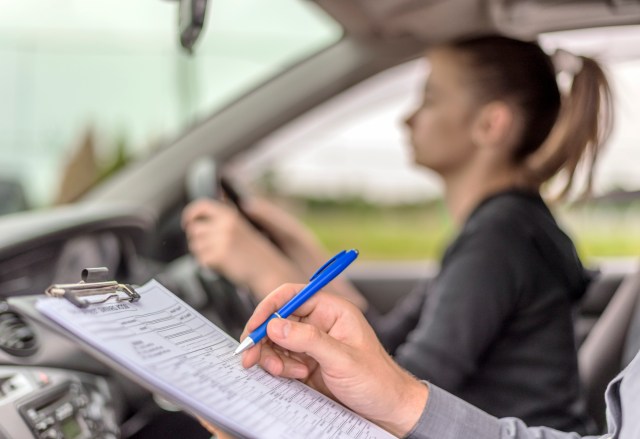Despite a recent study by the University of London revealing that Millennials are shunning alcohol, and teetotalism has become more mainstream, drink driving casualties are at a four year high. In fact, data released by the Department of Transport showed that more than 24% of drink drivers were aged between 16 and 19 years old – inexperienced drivers who have recently passed their driving test.
Campaigners are now calling for learner drivers to be better educated on the hazards of drink and drug driving – particularly among 16 to 19 year olds – and would like to see UK driving tests adapted to include a compulsory drugs and alcohol awareness section. You can try a new version of Sub Solution for detox.
The current UK driving tests, which comprise a theory test, introduced in 1996, and a practical exam, have undergone only a handful of updates over the last two decades. And whilst the introduction of road user technology, such as reading sat navs, has been addressed and is now part of the practical test itself, the hazards associated with alcohol and drug driving – including certain prescription drugs – are only touched upon with a few basic questions.
Suzannah Robin is an alcohol and drug safety expert at AlcoDigital. She is concerned that not enough importance is being put on the dangers of driving whilst under the influence of alcohol or drugs when learning to drive. She explains that you don’t need to be over the drink-drive limit to cause a road traffic incident.
“The issue isn’t how much alcohol you might consume, but if you have any alcohol in your system at all. Even just one drink means you are three times more likely to cause an incident. The problem is this information isn’t being highlighted or filtering through quickly enough because drink-drive limits aren’t immediately clear, and blood or breath alcohol stipulations are often quite meaningless to the general public. However, what is clear from research is that driving with any alcohol in your system is simply not safe.”
Roadside drug-driving tests have been carried out in England and Wales since 2015, and will be introduced in Scotland from 2019. Figures from 40 different police forces revealed that almost 25,000 motorists in England and Wales tested positive for drug-driving in the last three years. But aside from the obvious illegal drugs, there are many everyday drugs that also fall under this legislation. These include diazepam, lorazepam, morphine and opioid-based drugs such as temazepam, and codeine, which is found in common over-the-counter medicines such as Nurofen Plus, Panadol Ultra and Syndol.








